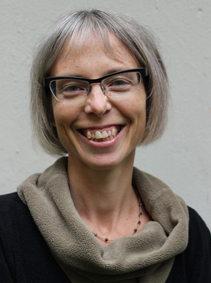
This sub-project investigates what books were available for children on the book market, and how different agents interacted with each other and their ‘products’ in order to target children as consumers of books. Two research questions will be pursued:

This sub-project analyses the characteristics of children’s books used in private households and the ways in which books were brought into play among boys and girls, friends, relatives, and employees. Thereby it is the intention to capture the agency of individual children in their encounters with books. Two central questions are:
This sub-project studies the role of schools as an important setting for encounters between children and books. This was where most children learned to read and found out what books looked like; where teachers, pastors, and other experts developed new books for instruction (reflecting pedagogical and ideological positions), and where businesses found an expanding market following new school reforms. Until the 1790s, most school children encountered only the ABC, the Catechism, the Gospel book, and an exposition of the catechism, and this influenced their habits and expectations with regard to reading (Appel 2012). However, this changed when so-called ‘readers’ were introduced, containing new texts and topics, such as moral stories from the everyday lives of children and texts on (national) history. Such books were intended as instruments in the formation of religious and national identities (Anderson 1983, Korsgaard 2004, Weikle-Mills 2013), and it is our hypothesis that they also paved the way for approaches to reading and to books (as media and commodities) among children. Two cardinal questions will be investigated: